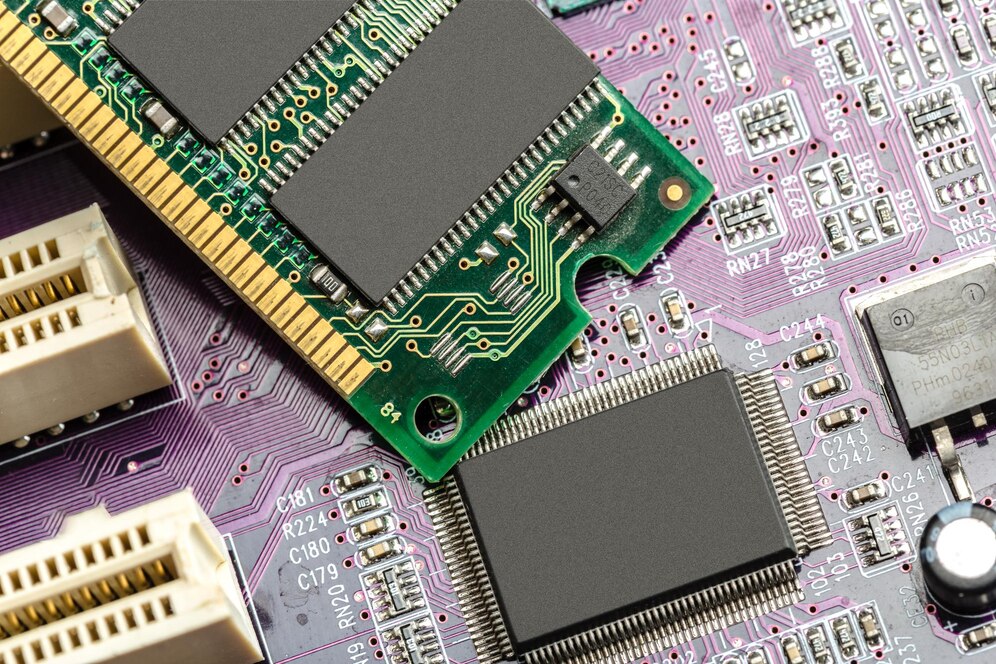GB full form: Gigabyte

GB Full Form and Its Digital Significance
In the digital age, where data is the currency of connectivity, the magnitude of information we generate and consume is staggering. The acronym GB, a unit of measurement, holds the key to understanding the vastness of digital content and storage capacity. The full form of GB is “Gigabyte.” In this article, we will delve into the GB full form, grasp its significance in data measurement, and explore how it has transformed the way we quantify and manage digital information.
Deciphering the Full Form: Gigabyte
The acronym GB stands for “Gigabyte.” A Gigabyte is a unit of digital information measurement, representing approximately one billion bytes.
The Evolution of Data Measurement: From Bytes to Gigabytes
As technology advanced, the need for a standardized method of measuring digital information became crucial:
- Bytes: Bytes are the fundamental unit of digital information, consisting of 8 bits.
- Kilobyte (KB): 1 KB is approximately 1,000 bytes, marking the transition from bits to bytes.
- Megabyte (MB): 1 MB equals about 1 million bytes, reflecting the expansion of data storage and digital content.
- Gigabyte (GB): 1 GB represents around 1 billion bytes, signifying the monumental increase in data capacity.
Key Features of Gigabytes
- Data Storage: Gigabytes are used to quantify data storage capacity in various devices like hard drives, SSDs, and memory cards.
- File Sizes: File sizes for documents, images, videos, and software are often measured in gigabytes.
- Internet Usage: Internet plans and data usage are often measured in gigabytes, indicating the amount of data that can be downloaded or streamed.
- Data Transfer: Data transfer rates are measured in gigabits per second (Gbps) or gigabytes per second (GBps).
Gigabytes in Everyday Context
- Digital Media: HD videos, music albums, and video games can range from several gigabytes to tens of gigabytes in size.
- Storage Capacity: The storage capacity of devices like smartphones, laptops, and external drives is often measured in gigabytes.
- Cloud Storage: Cloud services offer gigabytes of storage space for personal and business use.
Gigabytes and Technology Advancements
- Higher Capacities: As technology evolves, storage devices with larger gigabyte capacities become more accessible.
- High-Definition Content: The rise of high-definition content, 4K videos, and ultra-high-resolution images have increased the need for larger storage capacities.
Gigabytes vs. Other Storage Units
- Terabyte (TB): 1 TB is approximately 1,000 gigabytes, reflecting an even larger scale of data measurement.
- Petabyte (PB): 1 PB is around 1 million gigabytes, often associated with large-scale data storage.
The Future of Gigabytes
- Data Explosion: As digital content continues to grow, storage capacities measured in terabytes and beyond will become more common.
- Cloud Services: Cloud storage providers will offer increasingly larger amounts of storage space to accommodate growing user needs.
Conclusion
The GB full form – Gigabyte – serves as a unit of measurement that quantifies the vastness of digital information. From documents and images to videos and software, gigabytes encompass the data that shapes our digital experiences. As our reliance on digital content and connectivity deepens, gigabytes stand as a testament to the monumental capacity of the technology we use daily. As technology evolves and our digital footprint expands, the gigabyte will remain a vital measurement, helping us comprehend and manage the immense world of digital data.